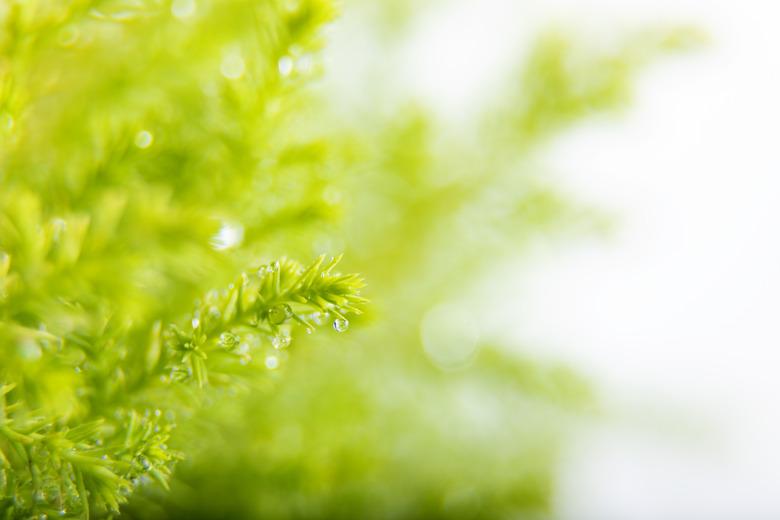Care Of A Lemon Cypress Tree
A lovely lemon cypress is easy to care for and emits a pleasant citrus-like scent in the slightest of breezes. The lemon cypress (Hesperocyparis macrocarpa 'Goldcrest,' formerly Cupressus macrocarpa 'Goldcrest,' USDA zones 7-10) thrives in containers both indoors as well as outdoors, making it a lovely addition to any garden. It requires full sun and prefers a somewhat humid climate, but once established, it needs little attention.
Growing a Lemon Cypress
Once established, a lemon cypress tree requires very little care or maintenance. It prefers full sun and a humid climate. Although this tree's yellow foliage is a standout in the landscape across its hardiness range, it may also be grown indoors as long as its cultural requirements are met.
This tree loves the cool ocean breeze and flourishes on the cooler coasts of California and Oregon. The lemon cypress tree needs to be pruned regularly, or it will take off and lose its favorable pyramid form.
Water Issues for Lemon Cypress
When it's just getting a start and strengthening its trunk, a lemon cypress needs a deep watering at least once a week. Let the hose slowly drain around the base of the young tree for 10 minutes, and the tree will thrive.
The mature lemon cypress tree can handle drought conditions. Older trees also don't need fertilizing unless the foliage becomes stunted. If the tree is showing signs of slow growth, add a few inches of compost to the top layer of soil.
Potted Lemon Cypress Tree Care
A lemon cypress tree in a pot will need a consistent watering schedule. The pot should have a drainage hole so that water can freely flow away from the tree's roots. If the tree stands in water too long, it can damage the roots and kill the tree. Let the soil dry out on occasion to ensure that the tree isn't getting overwatered, particularly during the rainy season.
The pot limits a tree's root system, which causes it to become less drought resistant than its leafy counterparts in the wild. A layer of bark added as mulch can help conserve water.
Miniature Cypress Tree
The size, easily maintained shape, color and pleasing scent make the lemon cypress tree a perfect choice for tiny indoor gardens. It is ideal as a choice for a bonsai tree because it can be clipped often without harming the main tree. Each snip of garden shears produces a burst of mood-boosting citrus scents.
The miniature lemon cypress tree is also ideal for topiaries, countertop displays of colorful flowers and patio containers. It's a fast-growing conifer, so it needs clipping on a regular basis to keep it looking neat and trim in a small display.
Its thin branches that spike from the main trunk help to keep a precise form of your own design when grown as a miniature cypress tree.
Pests and Problems
The cypress does pretty well on its own but may need intervention if it shows obvious signs of distress. Cypress canker is caused by a fungus that proliferates in moist conditions. It makes seeping sores that can be seen on the tree's bark on its branches.
If the lemon cypress shows signs of cypress canker, cut the infected branch from the tree. Once it reaches the trunk, you've lost the battle.
Aphids, caterpillars and beetles can also attack the tree's foliage. Dousing the tree with water once the pests are discovered can cut down damage they may do to the tree.
Lemon Cypress Facts
The lemon cypress thrives in the southwestern climates of the United States, specifically in Monterey, California. It is in the evergreen conifer family. The conifer species of tree produces cones to protect its seeds. A lemon cypress tree is also known as lemon pine, Monterey cypress, lemon cedar and goldcrest lemon tree.
